Samsung Galaxy S10 vs iPhone XS: The complete verdict
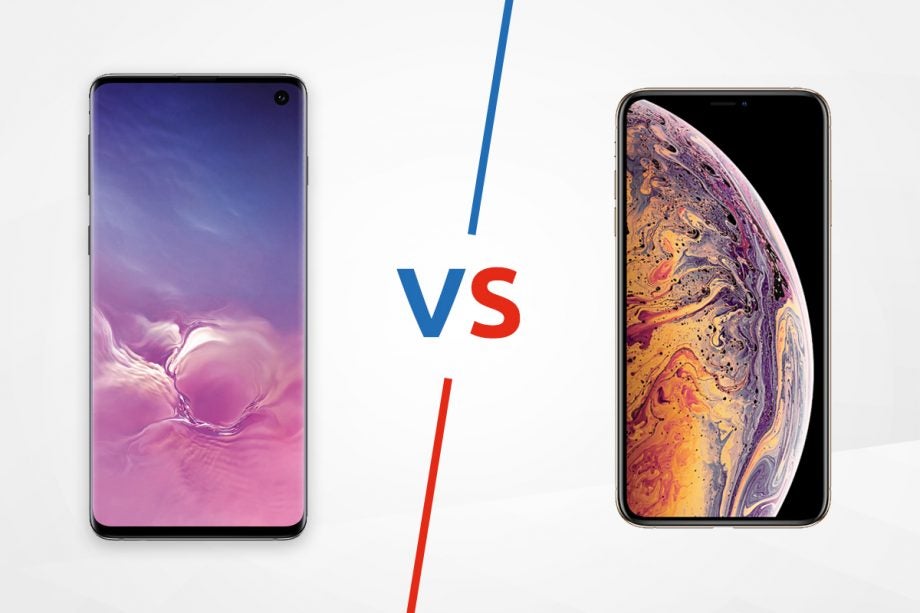
Which flagship phone should you buy? Galaxy S10 vs iPhone XS
The new Samsung Galaxy S10 is now available to buy in all good phone retailers. It’s a stunning return to form for Samsung after the slightly lacklustre Galaxy S9.
But the comparison that most people will be making is with the latest effort from Samsung’s greatest rival, Apple. So which is the better phone between the Samsung Galaxy S10 and the iPhone XS?
Both phones occupy the same position smack bang in the middle of their three-strong flagship families. Both will be among the most popular phones sold over the next six months or so, and both will prove hugely influential on the designs and spec sheets of countless lesser rivals.
Beyond that, though, how do these two phones compare? And more importantly, which should you buy?
Samsung Galaxy S10 vs iPhone XS – Specs and features
| Galaxy S10 | iPhone XS | |
|---|---|---|
| Display | 6.1-inch, 19:9 (Edge), Wide Quad HD+, Dynamic AMOLED+ | 5.8-inch or 6.5-inch 19.5:9 1124 x 2436 AMOLED |
| Processor | Samsung Exynos 9820 | Apple A12 Bionic |
| RAM | 8GB | 4GB |
| Rear camera | Dual Pixel 12-megapixel OIS f/1.5 – f/2.4 AF + 16-megapixel ultra-wide f/2.2 FF + 12-megapixel telephoto OIS f/2.4 AF |
Dual 12-megapixels |
| Front camera | Dual Pixel 10-megapixel f/1.9 AF | 7-megapixels |
| Battery | 3400mAh | 2658mAh |
| Security | In-display ultrasonic fingerprint sensor 2D face recognition |
Face ID face recognition |
| Storage | 128/512GB | 64/256/512GB |
Apple has long had an edge when it comes to smartphone performance, and the iPhone XS shows it’s as sharp as ever. The A12 Bionic SoC was the first 7nm chip to market, just pipping the Kirin 980 in the Huawei Mate 20 Pro.
Despite shipping six months later than the iPhone XS, the custom Exynos 9820 in the Galaxy S10 is built using a slightly larger and less efficient 8nm manufacturing standard. American and Chinese Galaxy S10 owners do get the 7nm Snapdragon 855, but we’re dealing exclusively with the global model here.
In our own benchmark tests, the iPhone XS and its A12 chip outstrips the Galaxy S10 and its Exynos 9820 in both single core and multi-core performance on the CPU-intensive Geekbench 4. The iPhone is also the overall winner on our 3D Mark test, which measures a phone’s GPU performance. However, the Samsung pips Apple’s effort on the more general AnTuTu benchmark test.
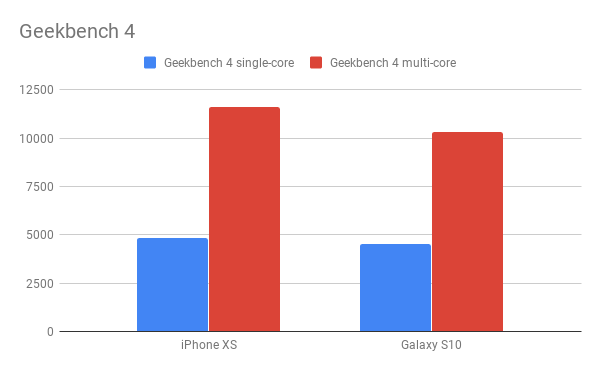
Benchmark results: They’re close, but the iPhone comes out on top
Related: Best smartphones
Benchmarks aside, these are two blazingly fast phones in real world usage. It’s worth mentioning that the Galaxy S10 packs a meaty 8GB of RAM – literally double that of the iPhone XS. Of course, iOS is traditionally a much more memory-efficient OS than Android, so the practical repercussions of this spec difference are minimal.
While we’re talking about memory capacities, the Galaxy S10 offers either 128GB or 512GB, while Apple offers 64GB, 256GB and 512GB options. The fact that the baseline offering is lower, added to the fact that Samsung alone offers microSD expansion, probably gives the Galaxy S10 the edge on storage.
The iPhone XS’s 5.8-inch 2436 x 1125 OLED remains one of the most balanced, colour-accurate displays on the market. At the time of its release we called it “quite possibly the best smartphone screen out there right now”.
Times change, however, and the Samsung Galaxy S10 display has arguably snatched that tentative title back. This Super AMOLED display is both bigger (6.1-inches) and sharper (3040 x 1440) than the iPhone XS equivalent. Though it doesn’t get as bright in general usage, the Galaxy S10 screen can crank right up when it’s needed, while it also gets closer to the ideal 6500K colour temperature than its Apple rival.
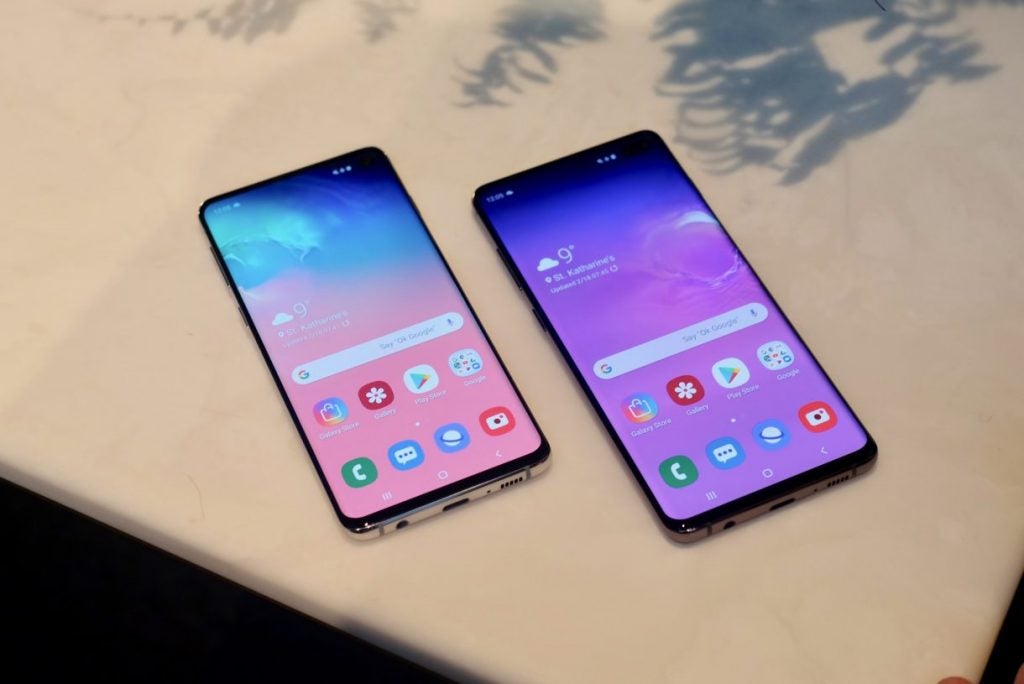 These two smartphone titans differ quite dramatically when it comes to biometric authentication. While Apple has stuck with and improved its Face ID system in the iPhone XS, Samsung has taken a completely different tack.
These two smartphone titans differ quite dramatically when it comes to biometric authentication. While Apple has stuck with and improved its Face ID system in the iPhone XS, Samsung has taken a completely different tack.
While the Galaxy S10’s in-display fingerprint sensor is the best we’ve encountered (courtesy of ultrasonic technology), it’s still slower and less reliable than the best dedicated capacitive sensors. Meanwhile its own facial recognition system is much less secure than Apple’s, to the extent of being superfluous. This is a win for the iPhone XS.
In this ding-dong battle, however, Samsung comes back with a solid jab in the form of reverse wireless charging. Both phones support regular wireless charging, but only the Galaxy S10 lets you charge other Qi-equipped devices.
Talking of batteries, the Galaxy S10’s 3400mAh unit dwarfs the iPhone XS’s 2658mAh equivalent. In practice, these are both one-day phones, meaning you won’t have much juice left at the end of a day of frequent use. However, we’d give the edge to the iPhone XS when it comes to media consumption, which seems to hit the Galaxy S10’s battery harder.
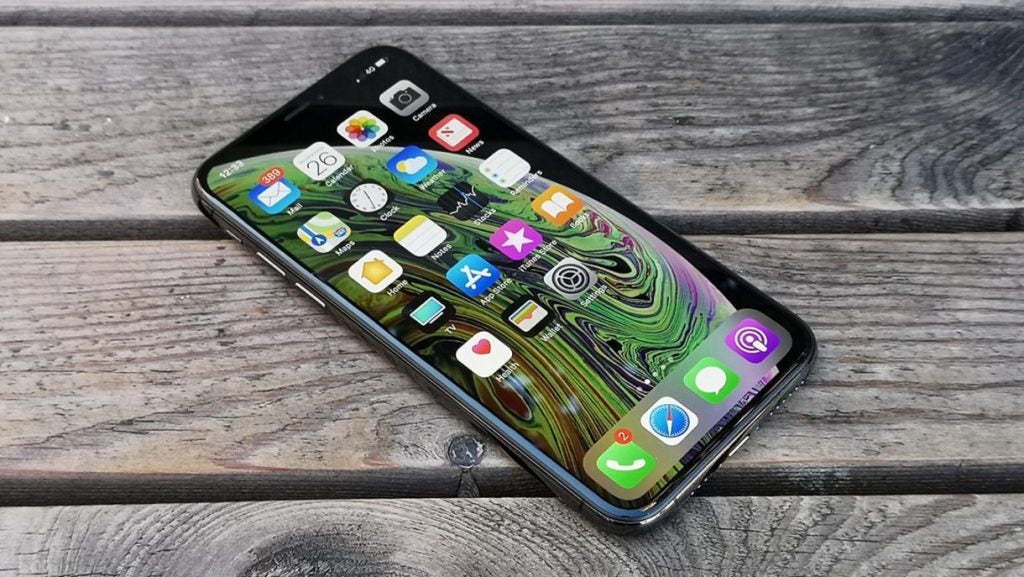
Samsung Galaxy S10 vs iPhone XS – Look and feel
Apple and Samsung have both been hugely influential when it comes to smartphone design. For this particular generation of phones, however, it’s Samsung’s turn to innovate and Apple’s turn to look a little stuffy.
The iPhone X has been the most influential phone of recent years, but the iPhone XS is virtually a carbon copy. It’s the same glass sandwich, the same chunky display notch – even the same basic dimensions.
Samsung, on the other hand, has stepped things up with the Galaxy S10. Its display fills more of the body than ever (88.3% of the front surface area) courtesy of receding bezels and a distinctive Infinity-O display, not to mention those trademark curved edges.
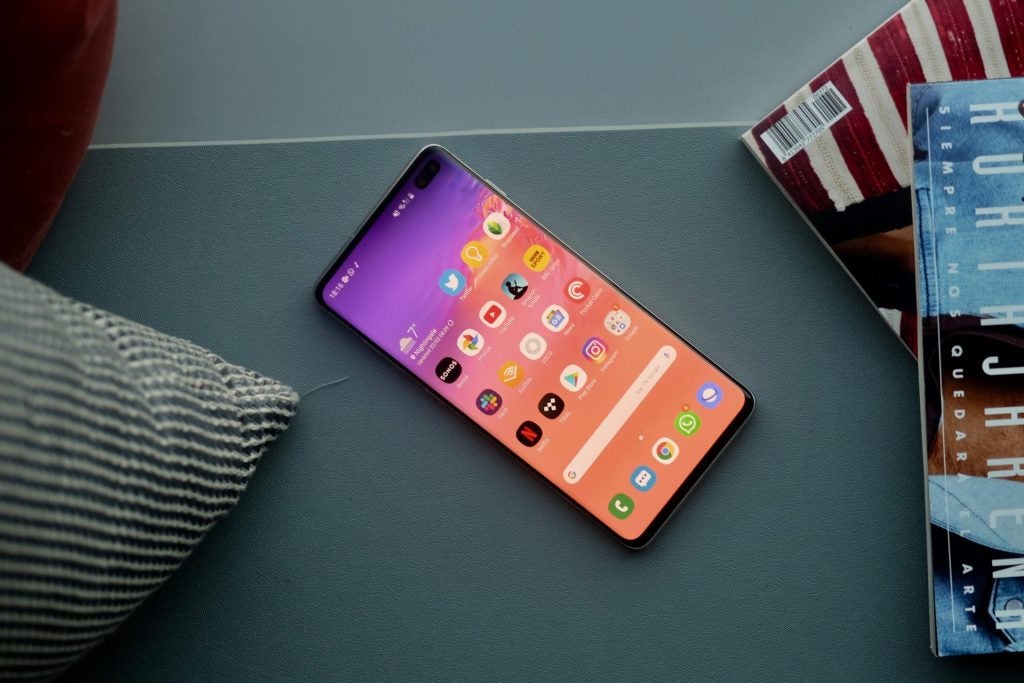
Speaking of Infinity-O, the Galaxy S10’s ‘hole-punch’ notch certainly looks prettier than the iPhone XS’s ugly black bar, though it poses just as many practical problems when it comes to media playback and app compatibility.
It’s in the hand, though, that the Galaxy S10 sneaks into the lead. Despite its larger display, it’s only a little taller than the iPhone XS, and roughly the same width and thickness.
Arguably the Samsung’s biggest win here is its weight, or rather lack thereof. The S10 is a staggering 20g lighter than its rival, despite packing in a larger battery. XS indeed.
Interestingly, both phones pack additional hardware buttons that you don’t tend to see much elsewhere, but for very different functions. The iPhone packs its signature silence switch, which we can’t for the life of us figure out why we don’t see more of (props to OnePlus here).
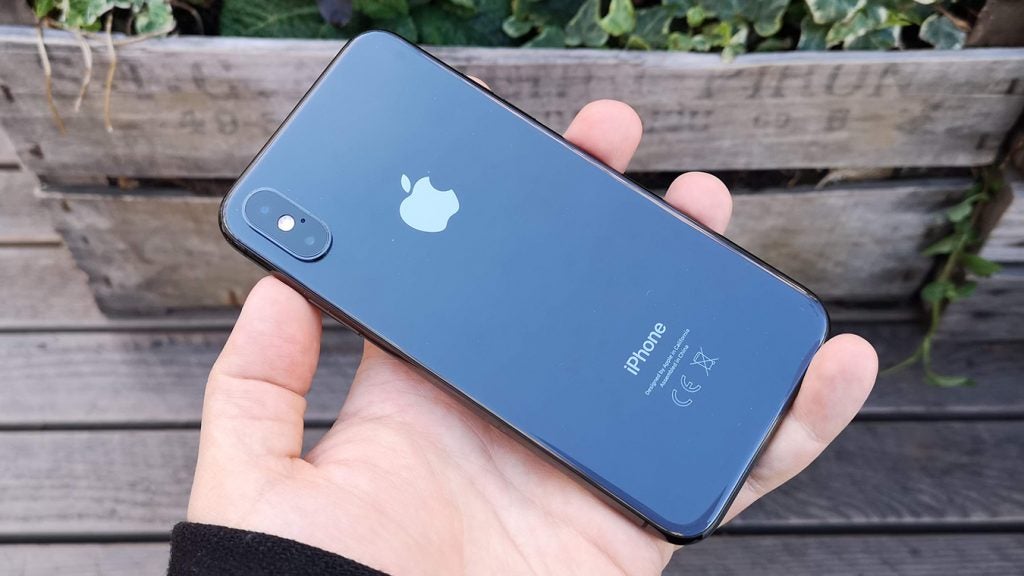
The Galaxy S10, meanwhile, features the Bixby button, which serves as a pointless shortcut to Samsung’s half-baked assistant. At least it has the virtue of allowing you to assign it a secondary function to a third party app this time around.
Both phones are incredibly handsome glass-and-metal affairs that sit comfortably in hand and pocket. Both, too, have IP68 ratings for water and dust resistance. But it’s the Galaxy S10 that has the real wow factor here.
Samsung Galaxy S10 vs iPhone XS – How good are the photos?
When it comes to the photographic offerings of these two flagships, the Galaxy S10 goes one better than the iPhone XS. Quite literally.
Samsung has gone with a triple-camera set-up compared to Apple’s dual-camera effort. This doesn’t mean the overall results are 50% better than the iPhone XS of course – the Pixel 3‘s single-camera beats both of these – but it does mean that the Galaxy S10 can take ultra-wide shots in addition to regular and telephoto ones.
Another eye-catching feature for the S10 is the variable f/1.5-f/2.4 aperture of its main camera. This contributes to the Galaxy S10’s strong (though far from class-leading) low light performance.
It’s tough to call an outright winner between these two phone cameras. The iPhone arguably takes more balanced and better exposed pictures in everyday conditions, with a smarter and more reliable auto-HDR mode. But the Galaxy S10 is the more versatile camera, capable of going places the iPhone XS just can’t follow.
- For a in-depth look at the S10’s camera read our Samsung Galaxy S10 camera review
- Read our iPhone XS review for a look at a selection of sample images
Samsung Galaxy S10 vs iPhone XS – How much do they cost?
Apple’s latest iPhone XS launched at the end of September 2018 with a starting price of £999 for the 64GB model, £1,149 for the 256GB and a sizeable £1,349 for the top 512GB model.
Samsung’s Galaxy S10 isn’t exactly what you’d call affordable by comparison, but it is a good chunk cheaper. Prices start at £799 for the 128GB SKU, with the top 512GB model setting you back £999. Yes, that’s the exact same price as the entry-level 64GB iPhone XS.
Verdict
To a certain extent, you can ignore the scores we’ve given these two phones. The Samsung Galaxy S10 is the best Android phone available, while the iPhone XS is the best iOS phone available (taking the ‘Plus’ models out of the equation). If you’re particularly wedded to either platform, you should make your choice accordingly.
However, if we’re coldly and impartially stacking both phones up against each other, the Galaxy S10 simply has more to offer. It’s the nicest-looking smartphone on the market, it has the superior display, more storage as standard, and a more flexible camera. And all this for a much lower asking price.


